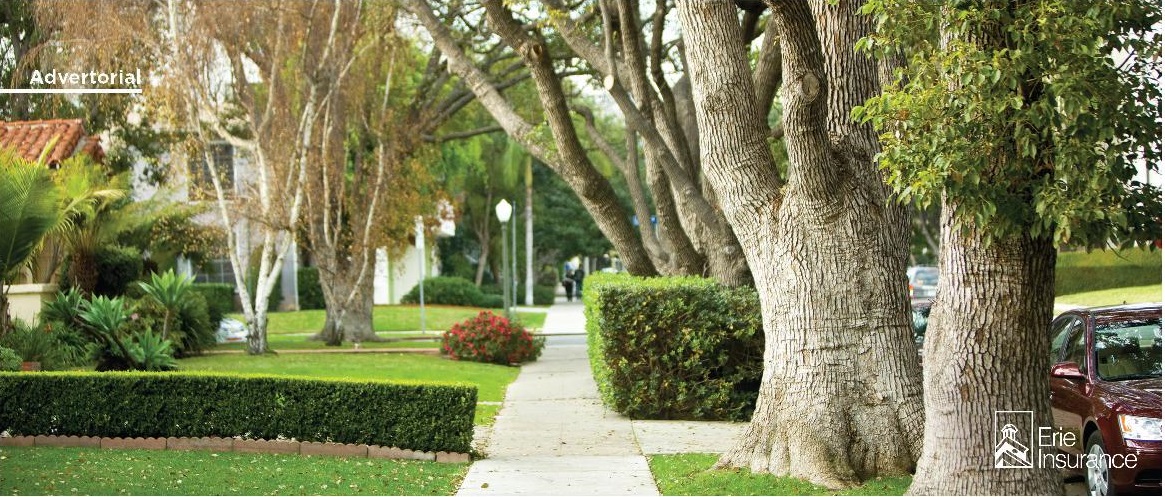
Homeowners should be concerned about the health of their trees. “It’s possible for you to be held responsible for resulting damage to your neighbor’s house or property, if your tree falls due in whole or part to your own neglect,” says Burns. “The best thing to do is to regularly have large trees trimmed.” (Sponsored Content).
Philipsburg, PA – “Trees can be tricky, but for the most part homeowners are responsible for what falls into their own yard,” says Tina Burns, Hrenko Insurance Agency, Inc..
“If a storm causes your neighbor’s tree to fall in your yard, some homeowners’ insurance policies would help cover the cost of removing the tree.” “The same is true in reverse: If a tree on your property falls in your neighbor’s yard, your neighbor should handle clean up and check with his or her insurance company to determine what type of coverage is available,” says Burns.
In most cases, neighbors are able to work things out without too much trouble, but depending on the extent of the damage you may need to file a claim. The situation is different if the tree falls on your house.
“The first thing to do, if it’s safe, is try to prevent further damage,” says Burns. “Then I tell people they should take some photos and call their insurance agent. An agent can explain your options and help you understand if coverage is available for damage and expenses for removing the tree.
“Policies differ,” says Burns. “It’s important to understand what is and isn’t covered with your insurance. Some homeowner policies will help cover the cost of removing the tree and remedying the damage it caused on your property, after your deductible.”
Once you contact your insurance company a claims adjuster may need to come by to evaluate the damage and explain how your insurance coverage comes into play. It’s recommended that you call your claims adjuster before you contract to have the tree removed.
Sometimes trees fall on cars. If it’s not safe or possible to remove the tree from the car yourself, you should call a professional to remove it. Depending on the damage and terms of your insurance coverage, your homeowners policy or the optional comprehensive coverage you may have under your auto policy could provide coverage for the loss.
Preventive measures matter when it comes to trees. Start by looking for signs of distress such as dead limbs, cracks in the trunk or major limbs, leaning to one side and branches that are close to a house or power line. Mushroom growth on the roots or bark can also signal trouble.
For more information call Tina Burns at Hrenko Insurance Agency at 814-342-5204.